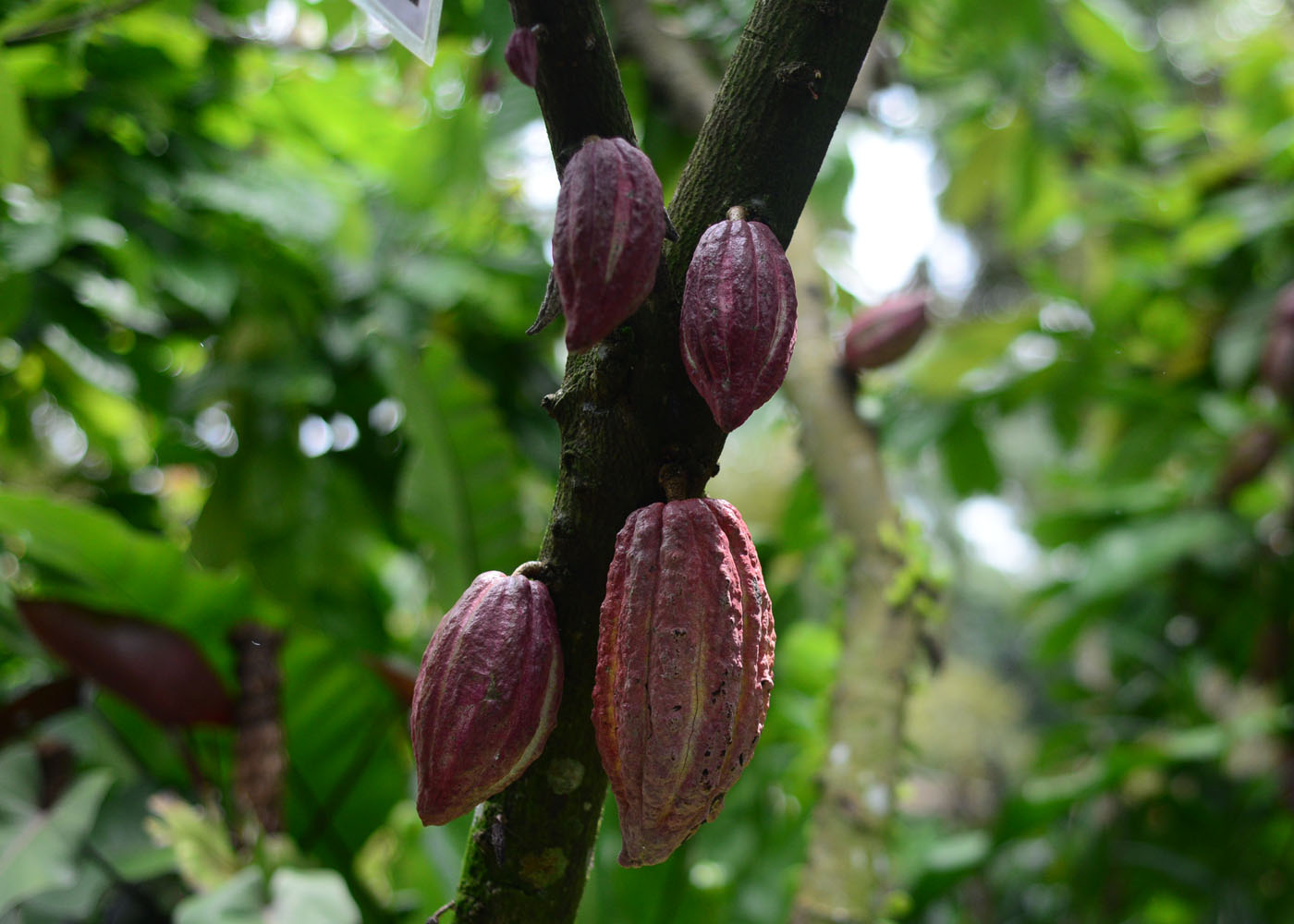THE DEPARTMENT of Agriculture (DA) XI expects an increase in cacao production this year as it intensifies development programs among the farmers in the Davao Region.
During the Kapihan sa Bagong Pilipinas on June 18, John Paul Lee Matuguinas, DA XI Industry Crops focal person, noted that they have continuously provided materials and fertilizers to farmers including the intercrop such as coconut, cacao, and coffee, through their Coconut Farmers’ Industry Development Program.
“The Department of Agriculture is still supporting and continuously provides support to the cacao industry. We also train our farmers to produce more improved and quality cacao, as we all know that the Davao Region is the cacao capital and Davao City is the chocolate capital of the Philippines,” Matuguinas said.
According to DA XI’s annual data, cacao yielded a total of 8,024.02 volume of production in 2023 for the whole Davao Region, and 8,031.97 in 2022.
Meanwhile, Wit Holganza, Davao City Cacao Council chairperson, said the decrease in the production of cacao was attributed to the impact of climate change.
“We’re not yet out of the tight situation. This is because we went through a very long dry season. Unlike coffee, sa cacao naman, dili masuyop sa plants and trees ang nutrients, so even if you apply fertilizer, that will be pointless because we need the moisture to be able to bring up the nutrients from fertilization. And because of the very long dry spell, bumaba ang flowering, and when you have fewer flowers, the fruiting comes low,” Holganza explained.
On the other hand, Holganza emphasized how the industry’s challenges positively impacted cacao’s flavor development.
“The flavors (cacao) were more intense because it has less water. Maybe the yield was fewer, but its flavor development was far beyond complex. This is also because all the other enzymes of cacao were concentrated due to less water such as the carbs, proteins, and others. So, we’re not yet out of the blue. In the commodity world at present, cacao gains higher buying presence per metric ton,” she added.
She said cacao products were now sold at 7,000 US dollars per metric ton coming from 3,000 US dollars only.
File Photo: Bing Gonzales


